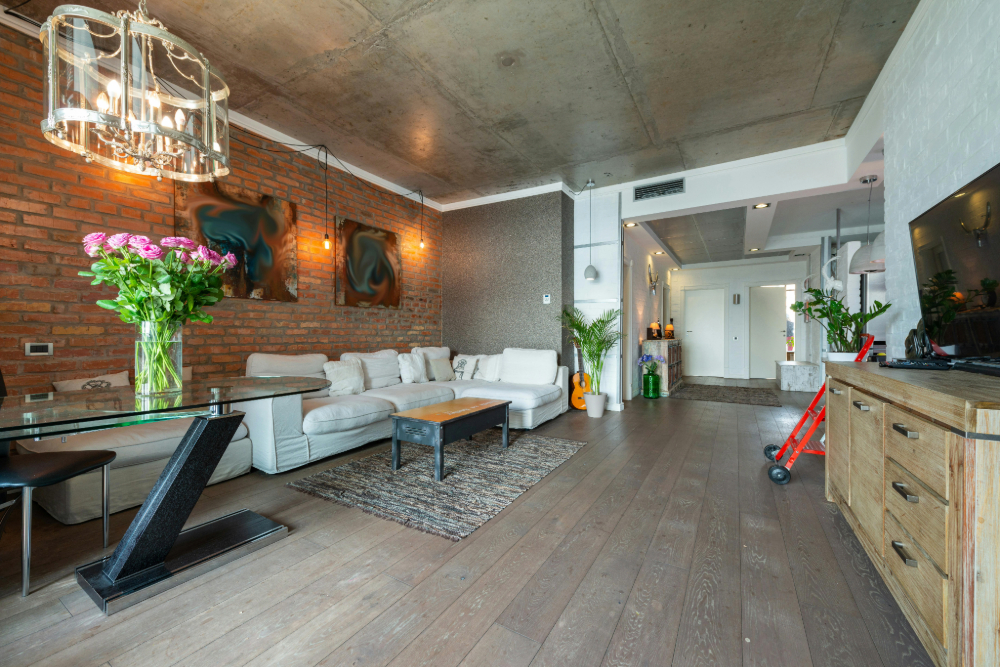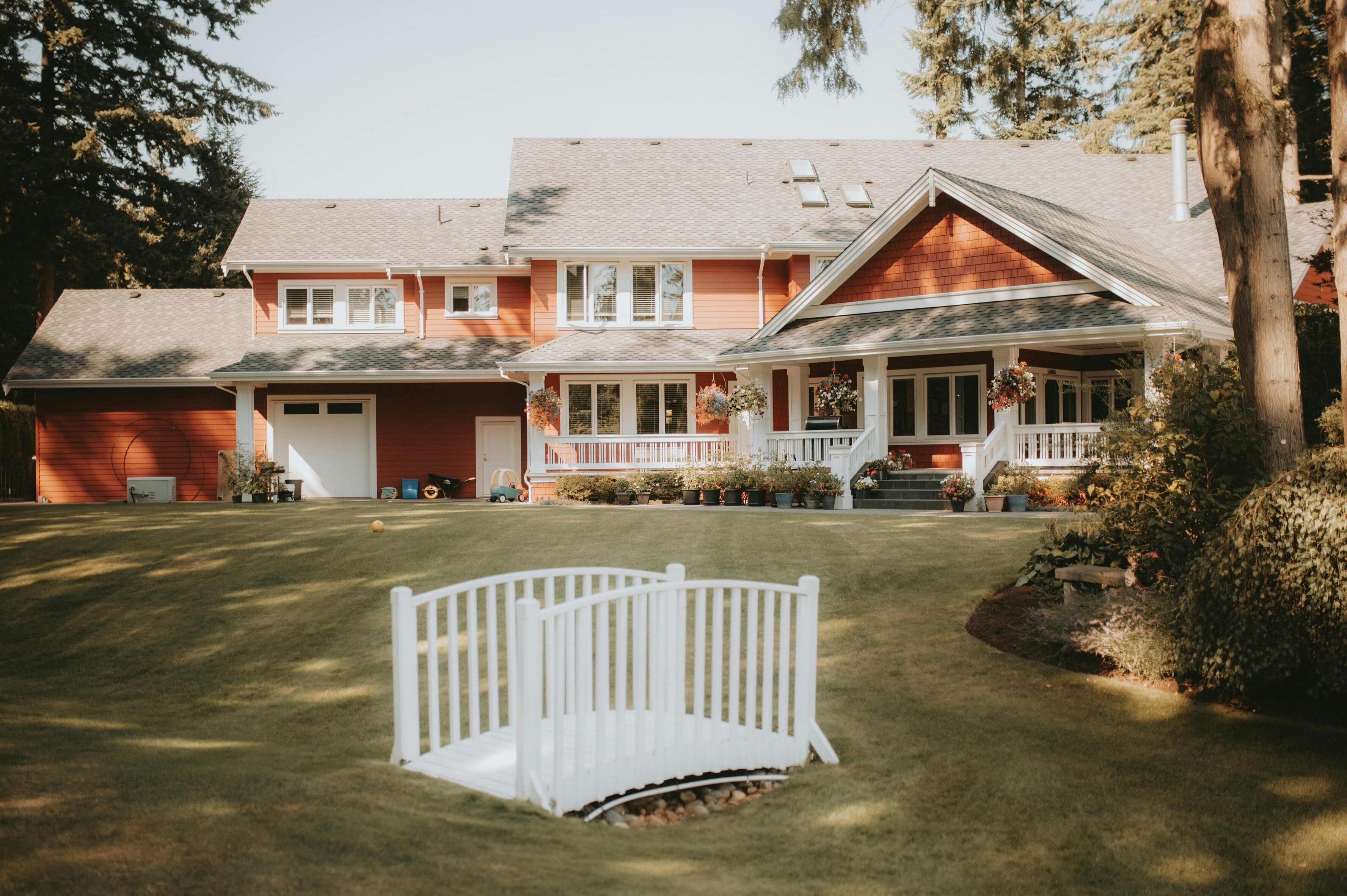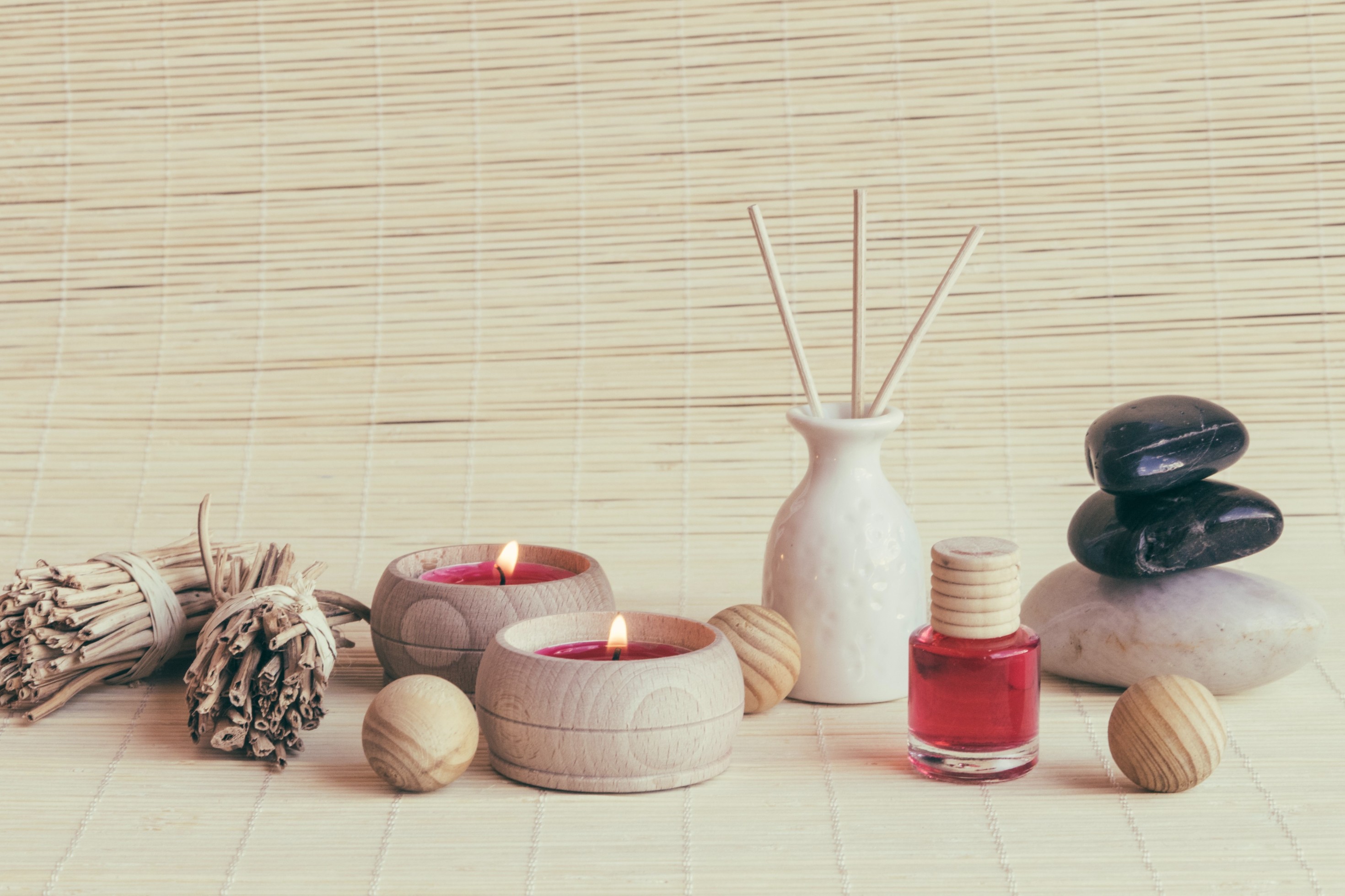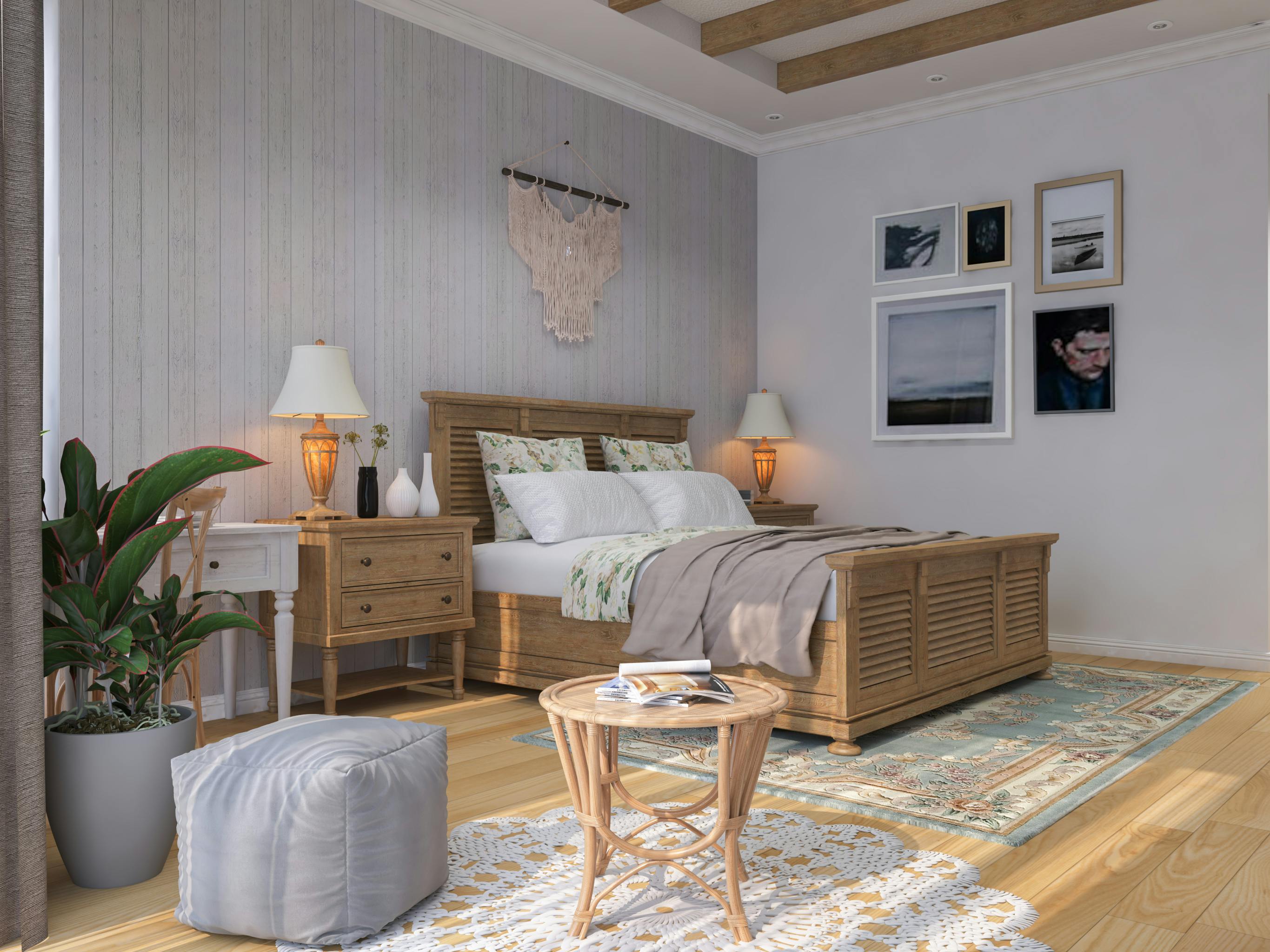
Loft Style in Interior Design
In the 20th century, a completely new and unexpected interior style emerged—urbanistic. Today, we’ll talk about this style and explore how to implement it in the interior of a modern standard apartment.
Loft Style in Interior Design
Housing for the Bohemian Crowd
The history of this style began in the USA in the mid-20th century. There was a need to move industrial facilities to the outskirts of cities. Old factory, warehouse, and workshop spaces were sold for next to nothing and repurposed into rental apartments. This gave rise to the first residential lofts. Initially, they were homes for the poor—after all, not everyone wanted to live in an old factory, even if it had a kitchen and bathroom.
Surprisingly, lofts caught the attention of New York's bohemian community, who discovered a unique charm in the industrial-urban atmosphere.
The open layout, high ceilings, and large windows filled with natural light appealed to people connected with the arts. Exposed pipes, beams, and supports from former industrial spaces replaced the traditional arches, wooden panels, and other familiar interior features. Conquering such an unconventional space was a challenging yet exciting task, especially for creative minds.
Over time, the features of lofts, initially seen as flaws, turned into strengths, defining the aesthetics of this distinctive style.
Practical and Functional
Loft Style in Interior Design
Today, the industrial style has experienced a revival. The fast pace of city life pulls people into its whirlwind, and the city's influence extends into interior design. Urbanism is full of dynamic trends and innovations while remaining highly functional.
Urban design reflects the character of modern, energetic individuals, becoming an extension of the city's rhythm within the home.
Glass, Concrete, and Brick
Loft Style in Interior Design
Urban interiors follow specific stylistic guidelines. If you want to decorate your apartment in this style, here are the key elements to consider:
- Practicality and Functionality in Everything:
- Forget about cute trinkets, curls, ruffles, and cozy little details. This style embraces a certain ruggedness and minimalism.
- Common Materials:
- Glass, concrete, brick, and metal dominate this style. It makes sense—glass for windows and showcases, concrete and brick as the foundation of urban architecture.
- As accents, you can use materials like plastic, wood, natural and synthetic leather, and stone.
- Texture Matters:
- To achieve the authentic look, maintain the rough texture of concrete and the volume of brickwork.
- You can also use clinker bricks for wall finishes—they’re thin and won’t shrink the room.
- Alternatively, consider wallpaper that imitates concrete surfaces or brickwork.
- Flooring Choices:
- Opt for natural wooden floorboards, polished concrete floors, or simply leave the concrete exposed for an authentic industrial feel.
- Color Palette Inspired by Cityscapes:
- Take a photo of a modern urban scene and identify the primary, secondary, and accent colors.
- Primary colors (the background): gray, white, brick red, ochre.
- Secondary colors (for furniture): here, you can introduce some variety.
- Accent colors: these will add individuality and breathe life into the space.
- Take a photo of a modern urban scene and identify the primary, secondary, and accent colors.
- Unique Decor Elements:
- Think outside the box—place an old phone booth instead of a coat rack, decorate a wall or floor with graffiti, or add neon signage as quirky lighting.
Is the Loft Style Right for You?
While the urbanistic style is trendy today, it’s not for everyone. Before decorating your apartment this way, consider whether you’d feel comfortable coming home to such an environment after a long day.
That said, it’s an incredibly interesting, vibrant, and unconventional style that’s gaining popularity every year. Urban style isn’t just dynamic—it’s also flexible when approached skillfully.
However, blending styles can be challenging, and professional designers can help you achieve the perfect balance.
Recent articles from Interior Design

How to Decorate a Wooden House: Embracing Rustic Charm with Modern Touches

House Energy Aura
